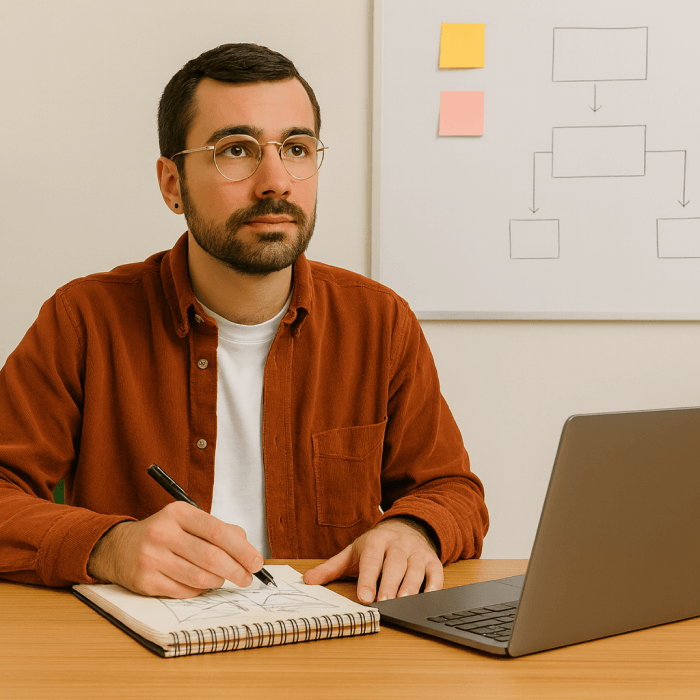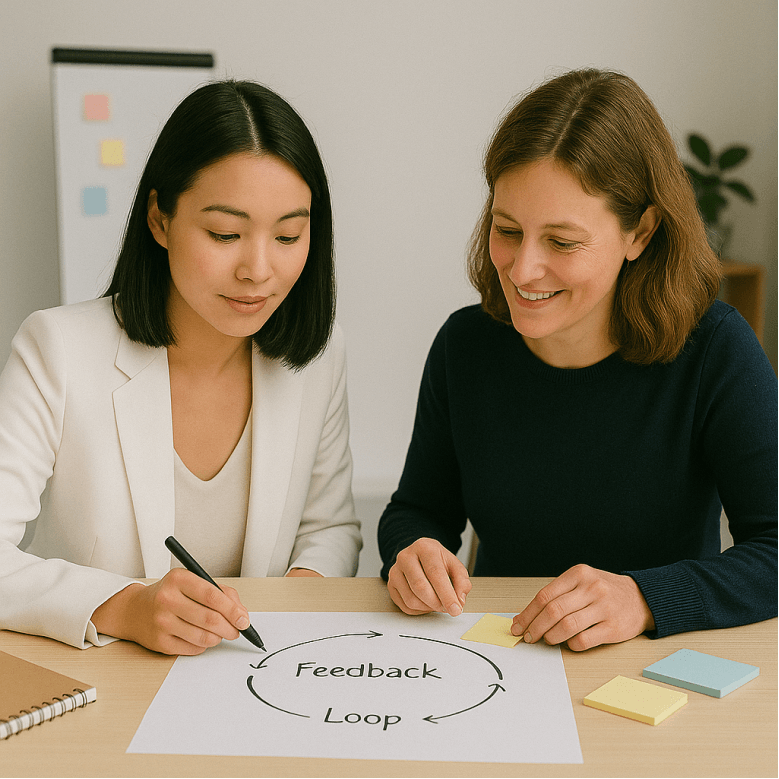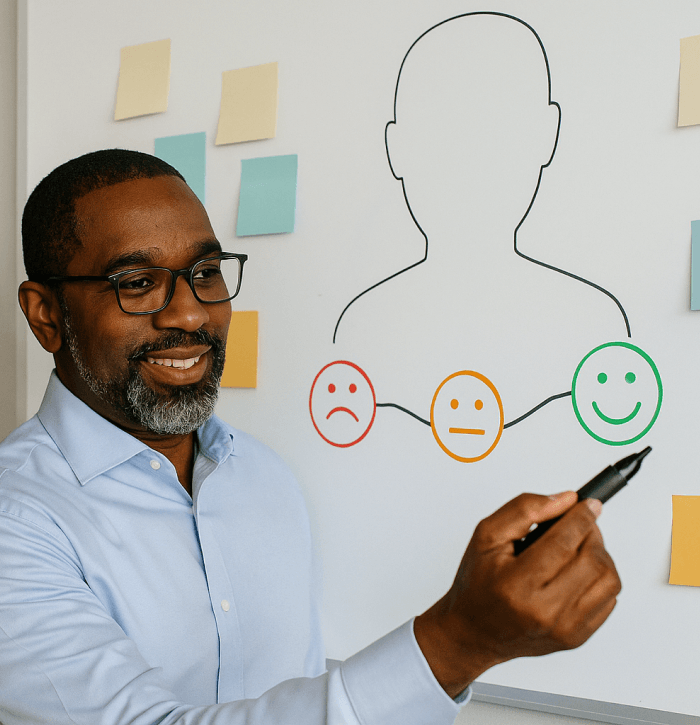Updated: January 24, 2024- 8 min read
Let’s take a break from staring at spreadsheets and boggling at how many Zoom meetings we all have in our calendars, and think about product design for a second.
As a product manager, you don’t need to be able to load up Sketch and create a beautiful UI design all by yourself. You don’t need to whip out a canvas and paint a masterpiece to be creative enough for your job.
But product creation, by definition, is a creative process. That means product design is not something you can ignore and leave to the design team.
Here, we’re going to spend some time thinking about the value of product design, by reflecting on how two product design giants, Apple and Google, apply different perspectives and schools of thought to their processes. We’ll hear from design legends and gain insights we can apply to our own digital products.
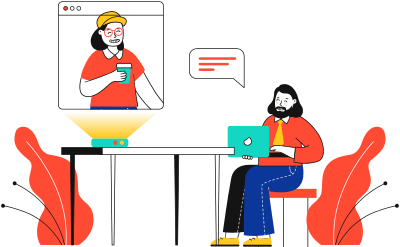
Lesson #1: The Process of Habituation
Part of designing good products, is understanding how the human mind works, which was brilliantly illustrated by Tony Fadell in his TED Talk ‘The first secret of great design.’
Fadell, ‘the father of the iPod’, begins his talk by picking up an apple and showing it to the audience. He says;
“See this piece of fruit? See this little sticker? That sticker wasn’t there when I was a kid. But somewhere as the years passed, someone had the bright idea to put that sticker on the fruit.
Why? So it could be easier for us to check out at the grocery counter. Well that’s great, we can get in and out of the store quickly. But now, there’s a new problem. When we get home and we’re hungry and we see this ripe, juicy piece of fruit on the counter, we just want to pick it up and eat it. Except now, we have to look for this little sticker. And dig at it with our nails, damaging the flesh.”
The first time you have to peel that sticker off of the apple you’re about it eat, it’s irritating. The second time, it’s frustrating, especially when you can’t quite flick it off your fingers. But eventually the years pass and we accept that this sticker-peeling ritual is all part of the fruit eating experience.
We accept it into daily life, and that’s called habituation.
Habituation itself isn’t necessarily a bad thing, it’s just a way we learn. It helps us to overcome life’s small daily annoyances, and helps us to get better at things like driving. Without habituation, we would pick up on every single little detail of our daily lives.
What does habituation have to do with product design?
An important part of a product team’s job is not only to notice all of those little annoying details about daily life, but to design solutions which fix the problem. A successful product doesn’t just address the issue that users are aware of, but the little nitpicky things that they’d forgotten all about.
Fadell gives us a great example of people accepting life as they perceived it to be, not as it really was. In 1902 Mary Anderson was visiting New York in heavy snow when she observed a streetcar driver opening his window to clear the snow away from his windshield. At the time, this was accepted as a fact of life: if there is heavy snow on your windshield you have to open up your door, let in all the cold air, and clear it away.
At that moment, Mary whipped out her sketchbook and started to design the very first windshield wipers. She recognized a problem that everyone around her accepted as a fact of life, and she said ‘it doesn’t have to be this way.’
How Apple combats habituation
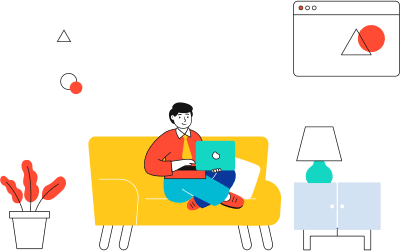
In Apple’s product design teams, they practice something invented by Steve Jobs called ‘staying beginners,’ where they are encouraged to come to work and look at their products through a new point of view:
Look broader: Look at all the steps before and after the problem you’re trying to solve. Are there any steps you can change or eradicate?
Look closer: The tiniest details can make all the difference to a user’s experience.
Look younger: Sometimes children ask the smartest questions, and see things that adults don’t. “Why can’t the fridge tell us when we’re out of juice?” “Why doesn’t the phone tell us who rang?”
This approach is applicable to both hardware and software. It’s something which online banks like Transferwise and N26 are doing very well in the FinTech space.
The larger problem their users had was that traditional banking feels very inaccessible to a newer generation, with hidden fees and complicated financial jargon everywhere. As a society, we’ve accepted that dealing with the bank is risky business, and at some point you’re going to be charged a fee you weren’t aware of.
By taking away the bricks-and-mortar aspect of banking, these companies are able to pass the savings onto their users, making things like international transfers cheaper and more transparent. Their UX designers know that their target audience are younger, and tech-savvy enough to know their way around an app, but appreciate a more minimalist and easy-to-understand design when it comes to important tasks like money management.
In your digital products, you have an opportunity to seamless fix the problems faced by your users. Especially if you’re designing mobile apps, the hardware you need to help them, is already in their hands.
To learn more about how habits affect how we build products, check out Nir Eyal’s TED Talk on building habit-forming products:
You might also be interested in: Powerful TED Talks to Make You a Better Product Manager
Lesson #2: Give Design A Seat At The Table
One of the most important tenet’s of Google’s product design ethos, is that design is something integral to product development from the beginning. This is perhaps the most applicable takeaway for product managers who want to get serious about investing in the design of their products.
Designers at Google, according to Director of UX Abigail Hart Gray, are intrinsically valuable to every part of the product design process. Not having design thinking involved early on meant the engineer would hand over to the designer and essentially say, ‘pretty it up’ with no room for them to ask questions and recommend changes.
To give Google reams a chance to create products that millions of users truly love, designers are not just part of the aesthetic development of a product, they are also heavily involved in user research and problem-solving. The entire team works together to create a product that perfectly balances design, function, and aesthetics.
This new design thinking adopted by Google, goes beyond their recent obsession with perfecting material design. It extends to their digital products and software offerings as well, based on the InVision Design Maturity Report.
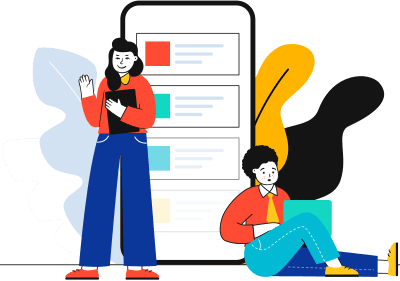
According to the report, there is a clear correlation between companies that experience rapid, sustainable growth, and companies that invest in design earlier on in the development process.
When you treat your design team as more than just visual designers but as equal partners in the product development process, you achieve design maturity. Companies with design maturity improve the integrity of their products, provide more unique experiences
Lesson #3: Jony Ive’s Love of Simplicity
Another veteran and father of product design at Apple is Jony Ive, who stepped down from the company just last year in 2019.
In an interview with The Independent, Ivy talked about what makes Apple products, specifically the iPad Pro ‘magical.’ The secret, he says, is taking a lot of incredibly complicated separate pieces of technology, and making it look like one simple component.
“These are such complex products. They’re complex just in terms of their conception and then when you get into the implementation, I think what we’re most proud of is all those things which by rights should be there but they’re not. It’s an odd thing when you’re most proud of those things which aren’t there.“
In your digital products, users don’t care about how you managed to solve their problem, they just care that you have solved their problem. The core of the issue is that they don’t care about your product as much as they care about their problem.
Apple designers know this, and so they build simplicity into the design of their products from the very start. When you ask Siri a question about what the weather will be like tomorrow, they don’t want to know how Siri knew that it would rain at 2 pm tomorrow in your location. What they value is the simple question-and-answer process which answers their question in a way that feels like an authentic interaction.
Resources: Build Up Your Design Thinking As a Product Manager
While you could go away and take a 12 week full-time $12,000 design bootcamp, for the vast majority of working product managers, that’s not a viable option. Instead, we’ve handpicked some of our favorite resources for learning more about product design, getting inspired by others, and giving design a seat at the table in your day-to-day work.
Google’s 2019 Design Retrospective: A look back on the Google design team’s best offerings from 2019, from Software to Hardware…and furniture?
Dribbble: An online community of digital, graphic, and product designers. Get inspired, outsource, or hire your next designer!
UX Collective: A collaborative publication, with articles from product designers, UX/UI experts, and product people from all walks of life.
Updated: January 24, 2024

